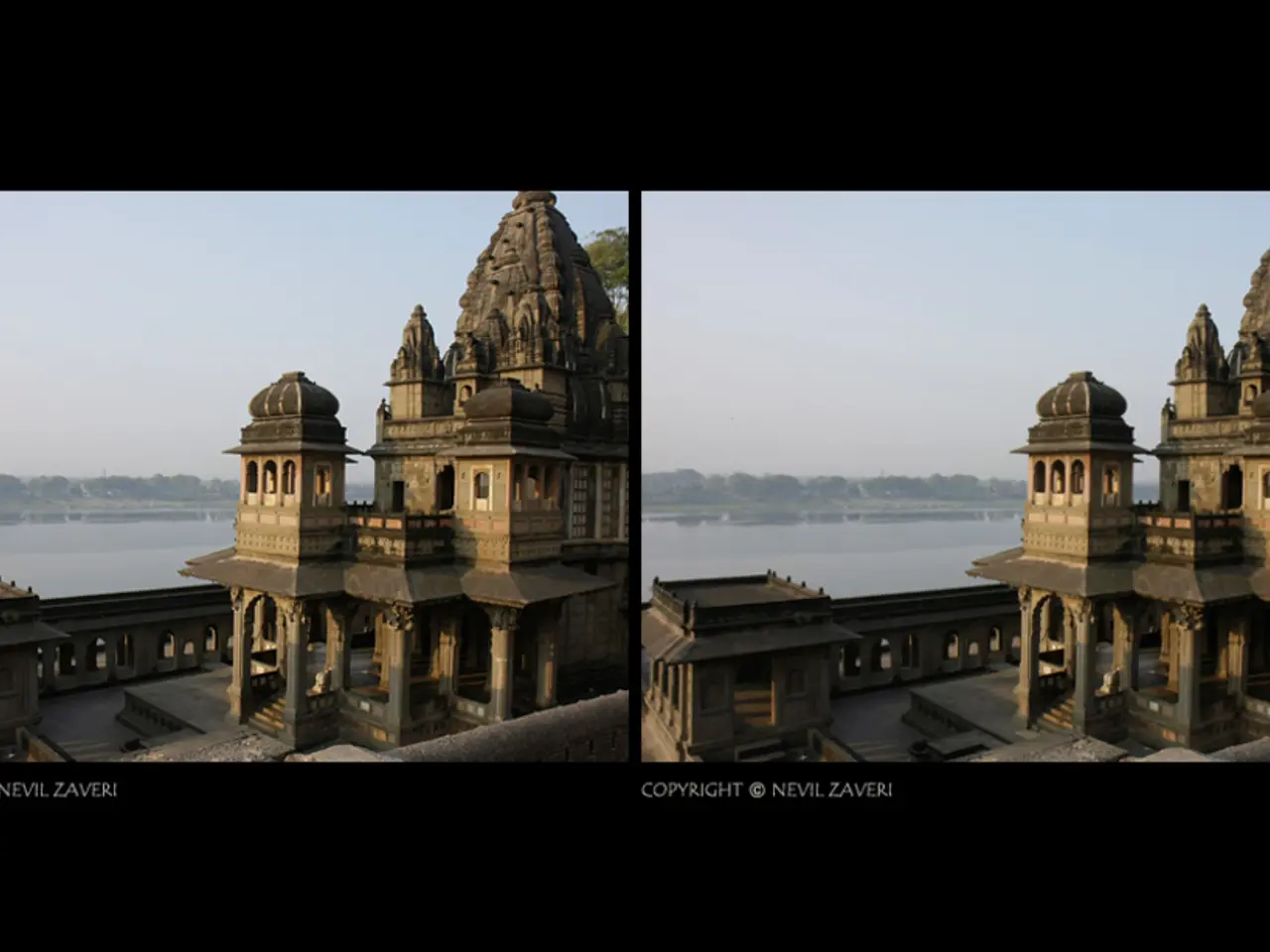Wyoming's Museum of Natural History, situated on the campus of Sheridan College, continues to intrigue visitors with its rich exhibits.
The Museum of Discovery, nestled within Sheridan College's Mohns Center, invites visitors to delve into Wyoming's fascinating prehistoric past. This unique institution, under the guidance of curator Dave Nicolarsen, boasts a captivating collection of dinosaur fossils and other natural history artifacts[1].
Upon entering the museum, visitors are greeted by a towering triceratops statue, symbolising Wyoming's state dinosaur[2]. The museum's exhibits are not just static displays; they also include a preparation lab for cleaning and preparing bones for display[4].
The heart of the museum lies in its extensive collection of dinosaur bones, many of which were discovered in the nearby Sheridan and Buffalo area. One of the most notable specimens is Caesar, the Allosaurus, housed at The Edward A. Whitney Academic Center at Sheridan College[5].
The museum's mission extends beyond mere display. Tom Hebert, the museum's director and founder of the Earth Sciences Foundation, aims to inspire interest in careers such as geology, paleontology, archaeology, and encourages youngsters to consider these fields as potential careers[6].
The museum's dedication to education is evident in its focus on fostering a deeper understanding of Wyoming's natural history. Research suggests that only one-percent of animals that lived have fossilized, making the museum's collection even more precious[7].
Visitors can also learn about the lapidary lab, where rocks are cut and polished, and some dinosaur bones can be agatized, resulting in beautiful blues, reds, and yellows[8].
For those intrigued by the museum's offerings, opportunities for volunteering, tours, and lectures are available. Interested parties are encouraged to contact Dave Nicolarsen at (307) 751-7723 or visit the Museum of Discovery's website for more information[9].
In the spirit of fostering a love for prehistoric life and natural history, the museum is open to the public from 9 a.m. to 1 p.m., inviting visitors to explore its exhibits and learn about Wyoming's natural past[2]. For those seeking a broader understanding of local history, nearby museums like the Museum at the Bighorns offer additional programs and hands-on educational activities[3].
In a world where the commercialization of dinosaur gem bones can pose problems, the Museum of Discovery stands as a beacon of educational integrity, ensuring that these precious relics of the past are preserved and shared for the benefit of humanity[10]. As Hebert states, the museum aims to help humanity move forward by studying dinosaurs and understanding our planet's history[3].
[1] Hebert aims to inspire interest in careers like geology, paleontology, archaeology, and encourages youngsters to consider these fields as potential careers. [2] Visitors to the museum are greeted by a triceratops statue at the entrance, which is Wyoming's state dinosaur. [3] The Museum of Discovery is not just a collection of cases with exhibits; it also includes a prep lab for cleaning and preparing bones. [4] Commercialization of dinosaur gem bones can be a problem, as private individuals may sell them to the highest bidder. [5] Many of the dinosaur bones on display in the museum were found in the Sheridan/Buffalo area, including the Allosaurus, Caesar, which is located at The Edward A. Whitney Academic Center at Sheridan College. [6] The Natural History Museum in Sheridan is now called the Museum of Discovery. [7] Fossil bones are heavier than rocks. [8] Hebert discussed the lapidary lab, where rocks are cut and polished, and mentioned that some dinosaur bones can be agatized, resulting in beautiful blues, reds, and yellows. [9] The Wyoming Natural History Museum offers volunteer opportunities, tour and lecture appointments; contact Dave Nicolarsen at (307) 751-7723 or visit the Museum of Discovery - INTRO website for more information. [10] In the last ten years, an average of over 45 new species of dinosaurs have been discovered each year. [11] Color is also a factor in distinguishing fossil bones; they are usually dark brown. [12] Fossil bones have a distinct shape, with more rounded edges compared to rocks. [13] Research suggests that only one-percent of animals that lived have fossilized. [14] Tom Hebert, the director of the museum, is the founder of the Earth Sciences Foundation. [15] The Museum of Discovery is located in the Mohns Center at Sheridan College. [16] The next dig at the Museum of Discovery will be on July 12-13.
- The Museum of Discovery, situated within Sheridan College's Mohns Center, invites visitors to explore educational and self-development opportunities in environmental science and paleontology.
- As the director of the Museum of Discovery, Tom Hebert aims to inspire interest in various career paths, such as geology, paleontology, archaeology, and technology.
- In addition to displaying fossils, the Museum of Discovery also offers visitors hands-on experiences, such as volunteering and tours, providing insights into business and lifestyle aspects of a museum setting.
- The museum's exhibits encompass not only science and technology but also connections with finance, as the commercialization of dinosaur gem bones can pose ethical challenges in space and astronomy and other fields.




